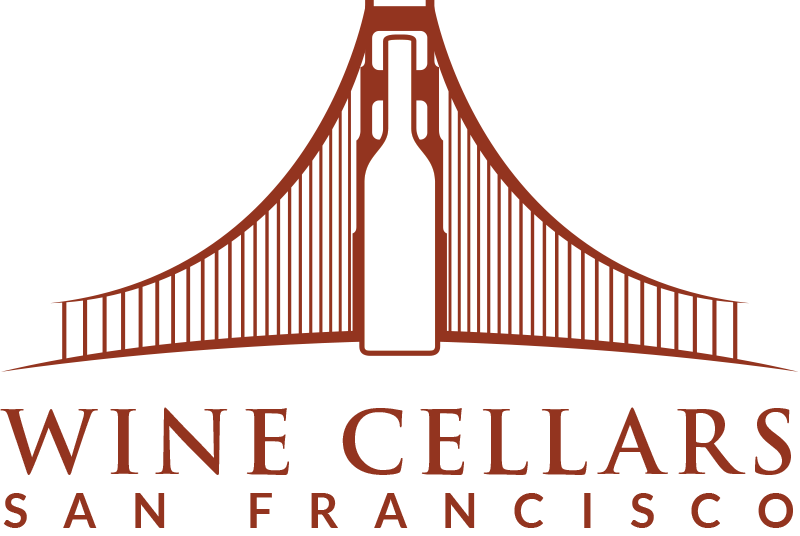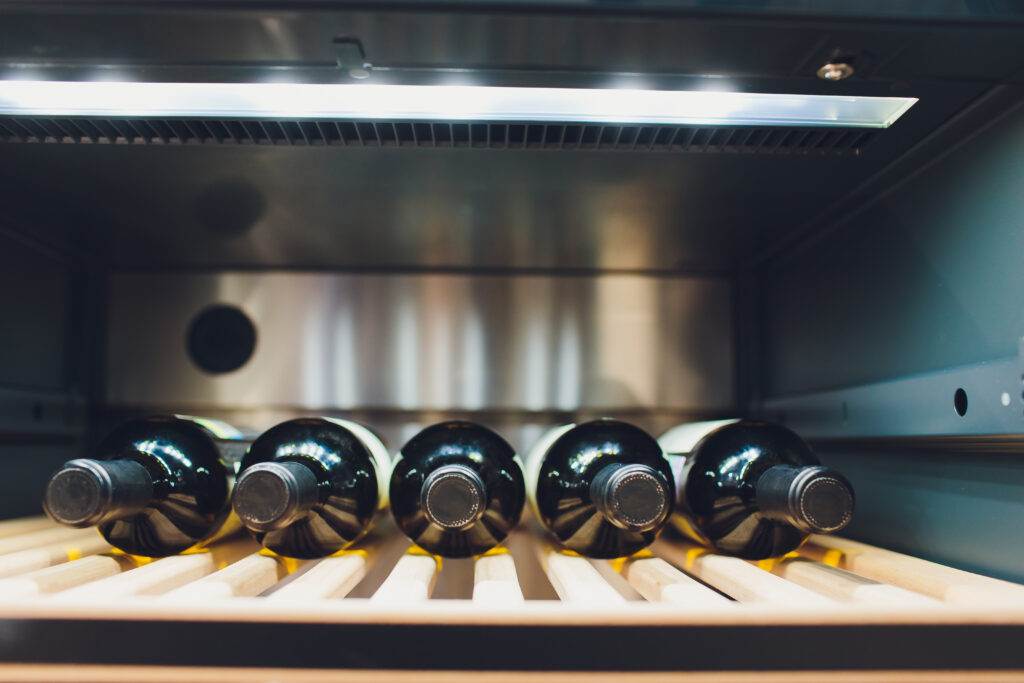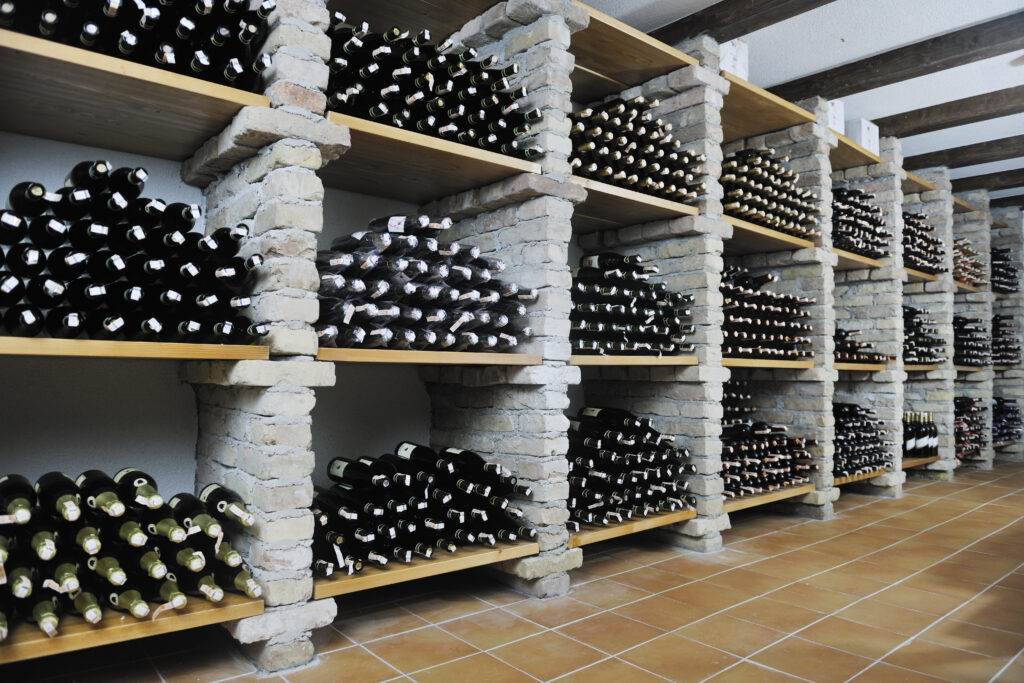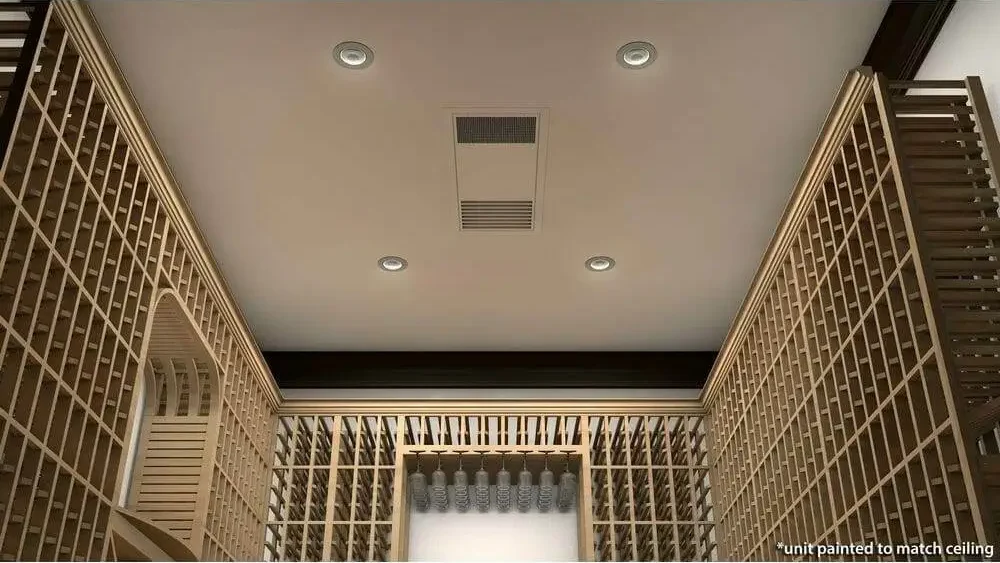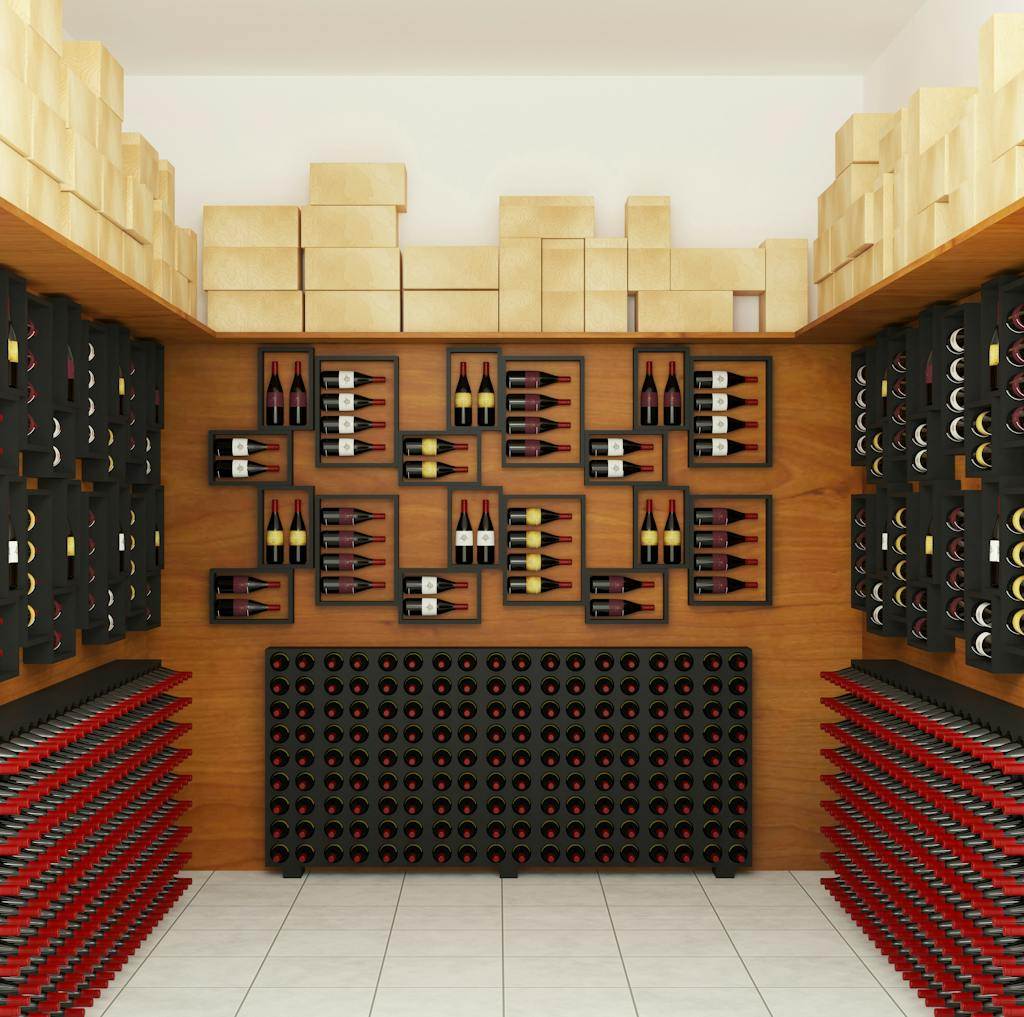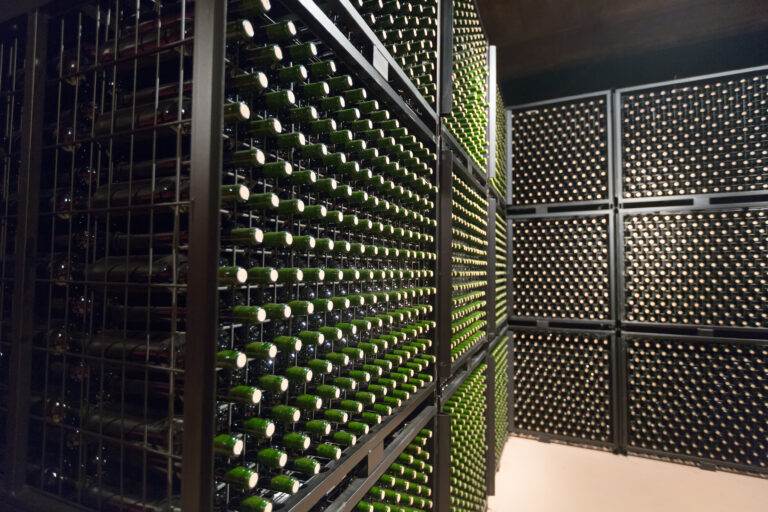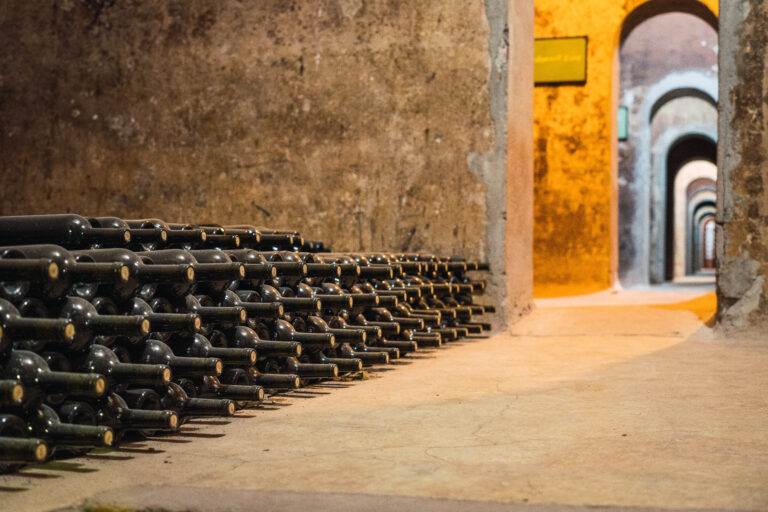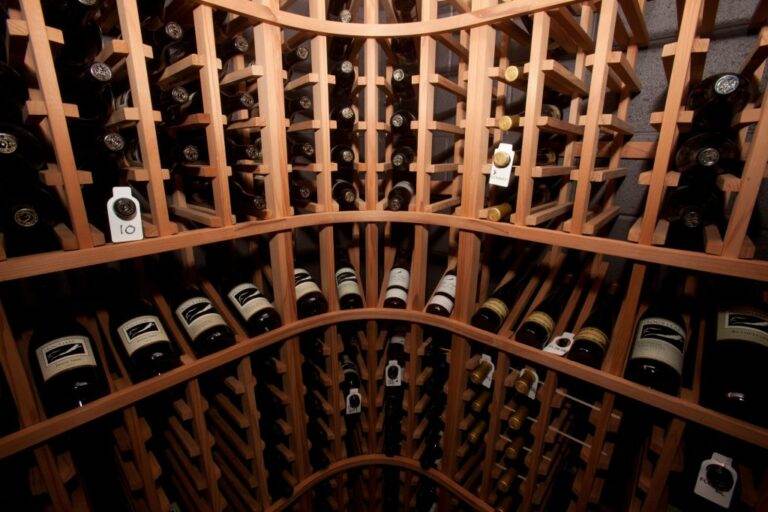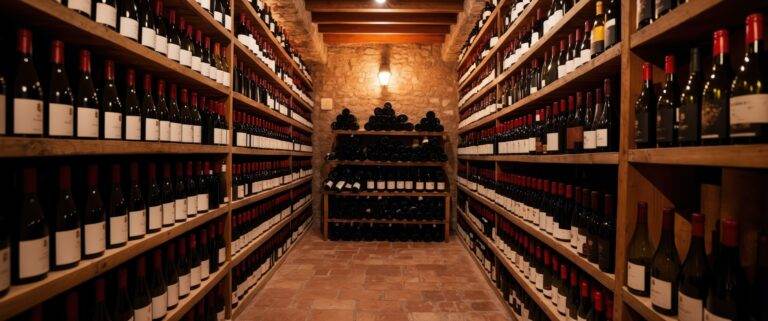Introduction to Wine Cooling Solutions in California
California’s diverse climate, with its hot summers and cooler coastal areas, uniquely influences wine production and storage. Wine enthusiasts and collectors must adapt their storage solutions to preserve the quality of their prized collections. A reliable wine cooling system becomes essential in ensuring optimal conditions for aging and enjoying wine. This article delves into the critical aspects of wine cooling solutions suited for this vibrant state.
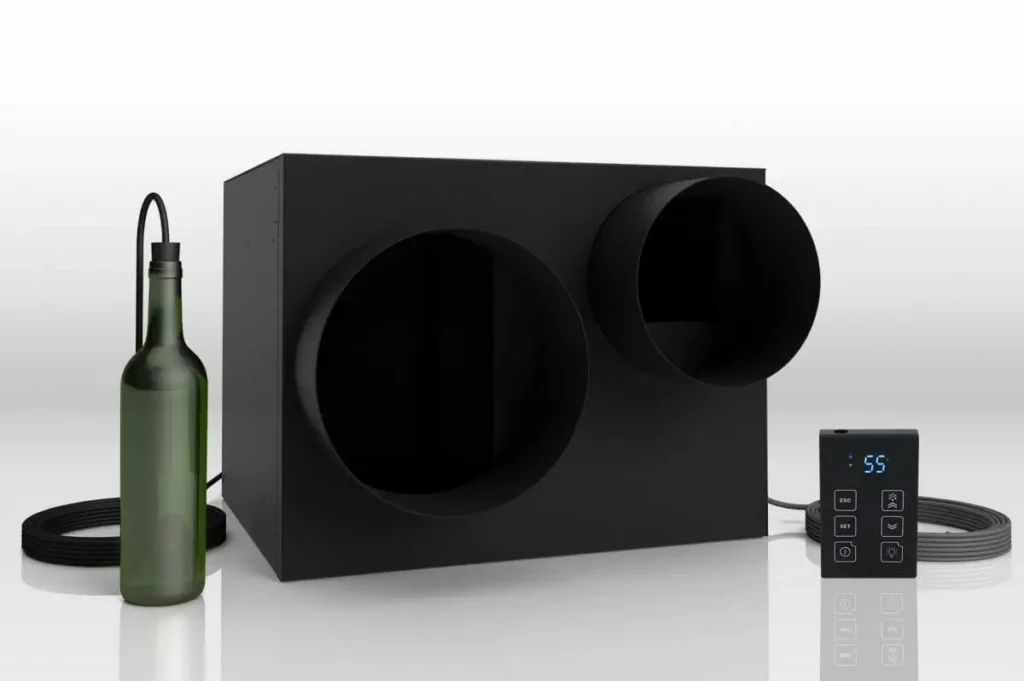
Understanding the Impact of Climate on Wine Storage
For wine collectors, understanding climate dynamics is vital. The fluctuation in temperature can directly affect the wine’s flavor and longevity. Wine stored at excessive heat or extreme cold may deteriorate, resulting in a compromised taste. California’s warm climate can pose challenges for both winemakers and collectors, highlighting the necessity of an effective cooling solution. Proper wine storage involves maintaining consistent temperatures, typically between 50-55°F, and controlling humidity levels. By doing so, wine connoisseurs can ensure the optimal preservation and development of their wines over time.
Importance of Proper Wine Cooling Systems
Implementing the right wine cooling system not only safeguards the quality of wine but also extends its lifespan. These systems regulate temperature and humidity, preventing spoilage and allowing wines to age gracefully. Moreover, a dedicated wine cooling solution provides an environment where each bottle can reach its full potential, enhancing the tasting experience. With various options available, such as wine cellars and refrigerated wine cabinets, collectors can choose systems tailored to their specific needs, ensuring that their wine collection remains in the best possible condition.
Types of Wine Cooling Systems Available
Traditional Wine Cellar Cooling Units
Traditional wine cellar cooling units are a timeless choice for serious collectors wishing to create a dedicated storage space for their wine. These standalone units are designed to maintain the ideal temperature and humidity levels within enclosed wine cellars. With adjustable settings, they cater to various wine types and storage needs, ensuring that each bottle is kept in optimal conditions. Their robust construction and innovative technology allow for quiet operation, making them a popular choice among enthusiasts seeking minimal disruption while preserving their collections.
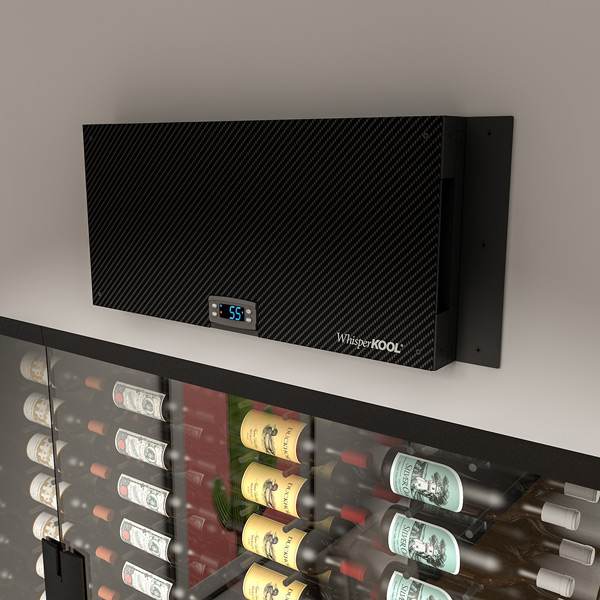
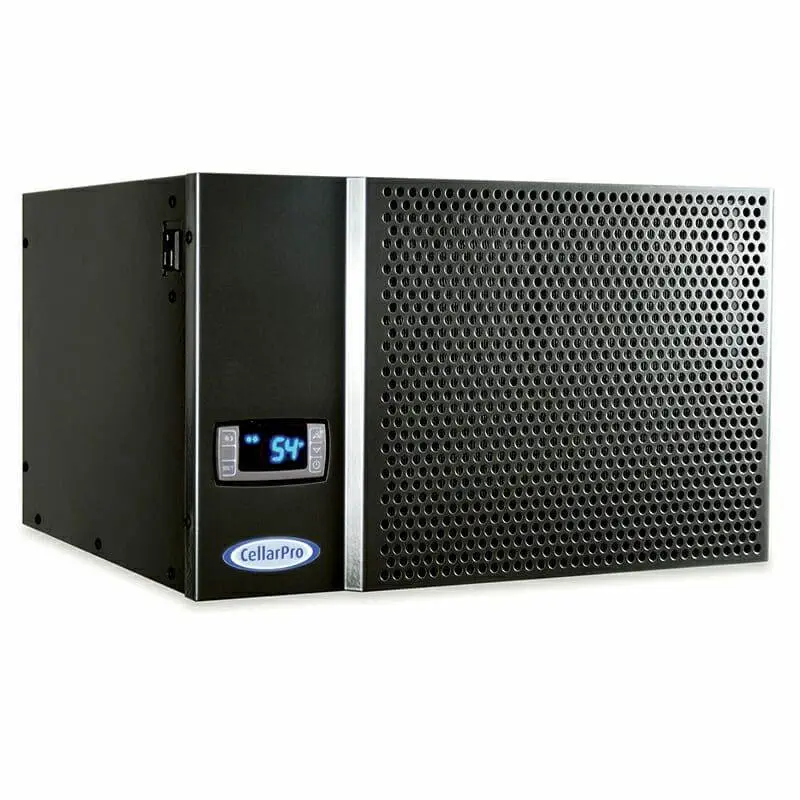
Ductless Split Wine Cooling Systems
Ductless split wine cooling systems are becoming increasingly popular due to their versatility and efficiency. Unlike traditional units, these systems consist of two main components: an indoor evaporator and an outdoor condenser. This design allows the system to efficiently cool the space without the need for ductwork, providing flexibility in installation. Ductless systems are particularly advantageous for collectors with unconventional cellar spaces or those who want to avoid extensive renovations. Additionally, most models come with programmable temperature controls, enabling users to set ideal conditions for their wine and access features that promote energy efficiency. With these systems, wine aficionados can create a perfectly climate-controlled environment without compromising aesthetics or space. Investing in the right wine cooling system is crucial for preserving the integrity of the collection. By understanding the different types available, collectors can make informed decisions that align with their specific storage requirements.
Factors to Consider When Choosing a Wine Cooling Solution
Size and Capacity of the Wine Storage Space
One of the most critical aspects to consider when selecting a wine cooling system is the size and capacity of the intended storage space. Collectors should first assess the total volume of their wine collection and the dimensions of their wine cellar. This calculation enables them to determine the appropriate cooling capacity required to maintain consistent temperatures. Each cooling unit typically has a specific coverage area, and undersizing the unit may result in inefficient cooling, while an oversized system could lead to temperature fluctuations. Therefore, fitting the cooling solution to the storage space ensures optimal preservation conditions for the wine.
Energy Efficiency and Sustainability of the Cooling System
Energy efficiency is another crucial factor in choosing a wine cooling system. As wine cooling units can run continuously, opting for an energy-efficient model can significantly reduce electricity costs over time. Collectors should look for systems with high energy ratings and features like programmable settings and eco-friendly refrigerants. Furthermore, sustainability is becoming increasingly important, and selecting units designed with eco-conscious technology supports environmentally-friendly practices while maintaining top-tier performance. Investing in a sustainable cooling solution not only benefits the collector’s wine but also aligns with broader environmental goals. By considering these essential factors, wine enthusiasts can select a cooling system that ensures the longevity and quality of their treasured collections.
Top Features to Look for in Wine Cooling Units
Temperature and Humidity Control
When selecting a wine cooling solution, temperature and humidity control should be at the forefront of considerations. Wine is sensitive to fluctuations in both temperature and humidity; thus, a reliable cooling unit must maintain consistent environment levels. Ideally, the temperature should be kept between 45°F and 65°F, while humidity levels should be around 50-70% to prevent cork drying or mold growth. Look for units equipped with digital thermostats and hygrometers that allow for precise monitoring and adjustments, ensuring optimal preservation of the wine collection.
Noise Level and Vibration Reduction Technology
Another critical feature to consider is the noise level and vibration reduction technology of the wine cooling unit. Excessive noise can be disruptive, particularly in living spaces or home theaters, so selecting a model that operates quietly is advantageous. Moreover, vibrations can negatively affect wine quality by distorting fine sediments, so systems with built-in vibration reduction methods, such as compressor isolation or specialized mounting, can help safeguard the integrity of the wine. Choosing a cooling unit that prioritizes these functionalities ensures not only a stunning collection but also a harmonious home environment.By focusing on these essential features—temperature and humidity control, along with noise level and vibration reduction—wine enthusiasts can confidently choose a cooling solution that enriches their collection and preserves the essence of each bottle.
Budget-Friendly Wine Cooling Solutions for Every Enthusiast
DIY Wine Cellar Insulation and Cooling Strategies
For wine enthusiasts on a budget, creating a DIY wine cellar can be a rewarding project. Proper insulation is crucial to maintaining a consistent temperature while reducing energy costs. Simple materials like foam boards or insulated curtains can enhance temperature control. A small, energy-efficient window air conditioning unit can effectively cool the space, especially when rigged with temperature control tools. Additionally, strategically placing a fan to circulate air ensures even cooling throughout the cellar. By using recycled or repurposed materials, wine lovers can achieve an effective wine storage solution without breaking the bank.
Affordable Portable Wine Coolers
Portable wine coolers present another budget-friendly option for those who require flexibility in their wine storage solutions. These compact units are perfect for small spaces and are often equipped with adjustable temperature controls and energy-saving features. Many brands offer portable models that sit on a countertop or fit snugly in tight areas, making them suitable for apartments or smaller homes. Since these coolers come in a variety of capacities, they can accommodate collections of all sizes. With the added benefit of being lightweight, they can be easily relocated, making them an attractive solution for gatherings or outdoor events.By exploring these budget-friendly strategies, wine enthusiasts can ensure their collections are well preserved while staying within their financial means.
Advanced Technology Options for Wine Connoisseurs
Smart Wine Cellar Cooling Systems
For discerning wine enthusiasts looking to optimize their storage, smart wine cellar cooling systems have emerged as advanced solutions. These systems integrate technology that allows users to monitor and control their wine cellar environment remotely via smartphone applications. By incorporating sensors and climate control features, these systems maintain ideal temperature and humidity levels, safeguarding the integrity of valuable wine collections. Additionally, some models provide alerts for any fluctuations, ensuring prompt attention to potential issues. This capability not only enhances preservation but also offers peace of mind for collectors who might travel frequently or have seasonal residences.
Integrated Wine Refrigeration Solutions
Another innovative option for wine connoisseurs is integrated wine refrigeration systems, which seamlessly blend into home designs. These units are engineered to function as a part of cabinetry or kitchen islands, providing a sleek aesthetic while offering exceptional storage capabilities. Many integrated wine coolers boast temperature stability features, UV-resistant glass doors, and vibration reduction technology to protect wine from potential compromise. With customizable shelving and dual-zone models that cater to red and white varietals, these systems enable optimal storage conditions for each wine type. This combination of style and performance appeals to modern homeowners, who prioritize both functionality and design in their spaces. By embracing these advanced technological solutions, wine enthusiasts can create environments that not only showcase their collections but also ensure their wines age gracefully.
Maintenance Tips to Extend the Lifespan of Your Wine Cooling System
Regular Cleaning and Filter Replacement
To ensure optimal performance and longevity of wine cooling systems, regular cleaning and maintenance are essential. Wine connoisseurs should establish a routine for cleaning both the interior and exterior of their cooling units. Dust and debris accumulation can hinder the system’s efficiency; therefore, wiping down surfaces and clearing vents are crucial. Additionally, replacing the air filters periodically will help maintain proper airflow and temperature regulation. Experts recommend checking filters every three to six months, depending on usage and environmental conditions, to ensure that the cooling system operates effectively.
Professional Maintenance Services and Inspections
While regular upkeep is vital, engaging professional maintenance services is equally important. Wine cooling systems often require specialized knowledge for proper inspections and repairs. Scheduling annual check-ups with certified technicians can help identify potential issues before they escalate, ensuring that the unit remains in peak condition. During these inspections, professionals will assess key components, such as the compressor and refrigerant levels, and clean coils as needed. They also provide expert advice on any emerging technologies or upgrades that could enhance the performance of existing systems. By investing in both routine care and professional expertise, wine enthusiasts can extend the lifespan of their wine cooling systems, thereby protecting their valuable collections and ensuring they remain in prime condition for years to come.
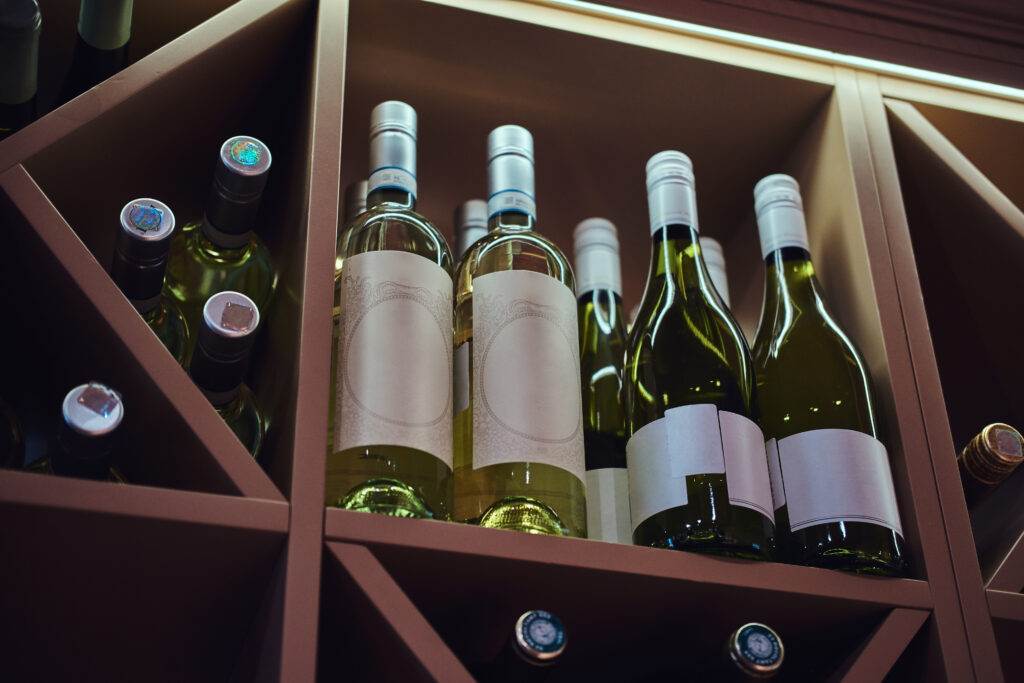
Eco-Friendly Cooling Solutions for Sustainable Wine Storage
Energy-Efficient Cooling Systems with Low Environmental Impact
Investing in energy-efficient cooling systems is not just a significant step toward sustainable wine storage; it is also a smart choice for wine enthusiasts looking to minimize their carbon footprint. Modern wine cooling units are designed with advanced technology that reduces energy consumption while maintaining optimal temperature and humidity levels. These systems typically utilize energy-efficient compressors and refrigerants that comply with environmental regulations, significantly lowering greenhouse gas emissions. Wine collectors can take advantage of these eco-friendly solutions without compromising the safety and quality of their valuable collections.
Natural and Passive Cooling Methods for Wine Cellars
For those seeking to adopt even more sustainable practices, considering natural and passive cooling methods can be beneficial. Utilizing underground wine cellars allows for natural insulation, as the earth’s temperature remains relatively constant year-round. This method takes advantage of the cool ground layers to maintain appropriate storage temperatures without excessive energy use. Another effective strategy involves the use of thermal mass, where water-filled barrels or clay pots absorb excess heat during the day and release it at night, keeping the cellar cool. Integrating these natural methods with modern technologies can create an environmentally friendly system that secures both wine quality and sustainability. By prioritizing eco-friendly cooling solutions, wine enthusiasts not only protect their cherished collections but also contribute positively to the environment.
